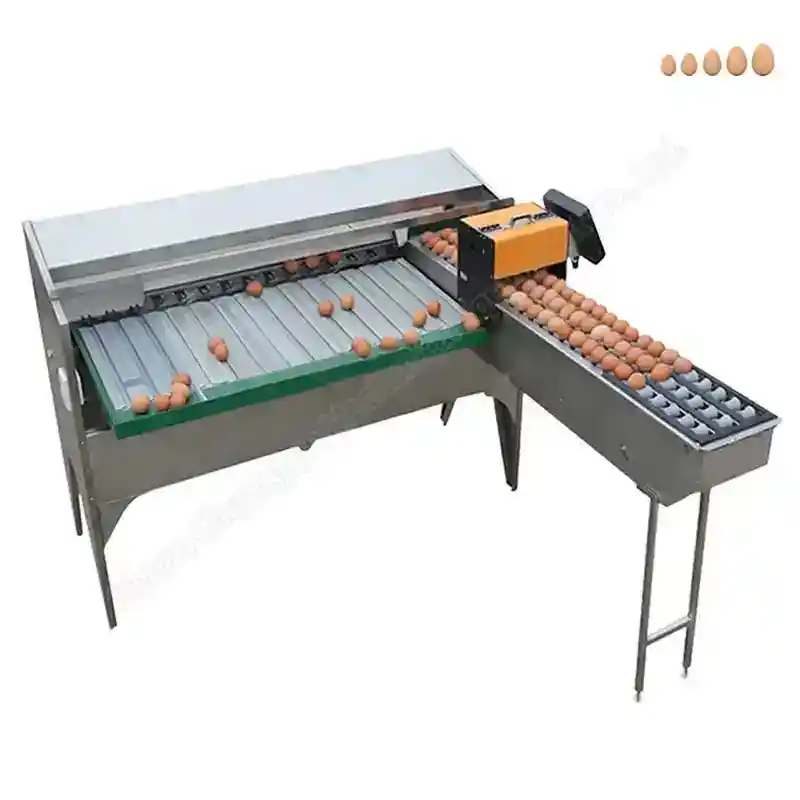poultry scalding tank
Dec . 24, 2024 12:55 Back to list
poultry scalding tank
Optimizing Poultry Scalding Tanks for Enhanced Processing Efficiency
Poultry processing is an intricate operation that requires precision and efficiency at every stage. Among the crucial phases in this process, scalding plays a vital role in feather removal and ensuring the overall cleanliness of the poultry before further processing. A scalding tank is an essential piece of equipment in this step, designed to prepare birds post-slaughter. Understanding the intricacies of poultry scalding tanks and optimizing their operation can significantly improve processing efficiency and product quality.
The Importance of Scalding in Poultry Processing
Scalding serves multiple purposes. First and foremost, it loosens the feathers from the bird’s skin, making plucking easier and more efficient. If properly executed, scalding also reduces the risk of contamination by killing surface bacteria. The optimal temperature and duration of the scalding process are critical in achieving these results. Typically, scalding occurs at temperatures between 130°F to 170°F (54°C to 77°C); however, the exact temperature may vary depending on the type of birds and the desired outcomes for feather removal.
Design and Functionality of Scalding Tanks
Poultry scalding tanks are designed to maintain consistent temperatures and ensure even heat distribution. Most scalding tanks are constructed from stainless steel for durability and hygiene. The tanks can be heated using steam or hot water, with some modern designs featuring heating elements that allow for rapid temperature adjustments.
Several factors influence the efficiency of scalding tanks, including water temperature, dwell time (the duration the birds remain submerged), and water circulation. Effective water circulation is paramount; it ensures that all parts of the birds are evenly scalded and minimizes the risk of thermal stress, which can lead to meat quality issues. Many scalding tanks incorporate water agitation systems to enhance circulation, ensuring that each bird receives an optimal scalding treatment.
Innovations in Scalding Technology
With advancements in poultry processing technology, modern scalding tanks have evolved significantly. Innovations such as automated temperature control systems, water filtration units, and environmental monitoring sensors enable processors to maintain optimal conditions with minimal human intervention. These technological enhancements not only improve processing efficiency but also contribute to better health and safety standards in poultry operations.
poultry scalding tank

One notable advancement is the implementation of heat recovery systems. These systems recycle water and recover heat from the scalding process, allowing processors to save on energy costs and reduce water usage. This approach not only aligns with the growing demand for sustainability in food processing but also enhances overall operational efficiency.
Best Practices for Operating Scalding Tanks
To maximize the effectiveness of scalding tanks, processors should adhere to several best practices
1. Regular Maintenance Regular checks and maintenance of the scalding tank’s heating elements and water circulation systems are vital to ensure optimal performance.
2. Monitoring and Recording Data Keeping track of water temperatures and dwell times is essential for maintaining consistent quality. Utilizing automated systems can significantly aid in this process.
3. Training Personnel Proper training for operators on the nuances of scalding operations ensures that they can quickly identify issues and maintain optimal conditions throughout the processing day.
4. Water Quality Management Maintaining clean and sanitized water is crucial. Regular water replacement and filtration can help to prevent bacteria buildup that may compromise the quality of the scalded birds.
Conclusion
Optimizing poultry scalding tanks is essential for enhancing processing efficiency and maintaining high-quality standards in the poultry industry. By embracing technological advancements and adhering to best practices, poultry processors can ensure that their scalding operations yield consistent, high-quality products while also addressing environmental concerns. As the industry continues to evolve, focusing on these aspects will be paramount for sustained success and competitiveness in the market.
-
Automatic Feeding Line System-Pan Feeder Nipple Drinker|Anping County Yize Metal Products Co., Ltd.
NewsJul.29,2025
-
Hot Sale 24 & 18 Door Rabbit Cages - Premium Breeding Solutions
NewsJul.25,2025
-
Automatic Feeding Line System Pan Feeder Nipple Drinker - Anping County Yize Metal Products Co., Ltd.
NewsJul.21,2025
-
Automatic Feeding Line System Pan Feeder Nipple Drinker - Anping County Yize Metal Products Co., Ltd.
NewsJul.21,2025
-
Automatic Feeding Line System - Anping Yize | Precision & Nipple
NewsJul.21,2025
-
Automatic Feeding Line System - Anping Yize | Precision & Nipple
NewsJul.21,2025






